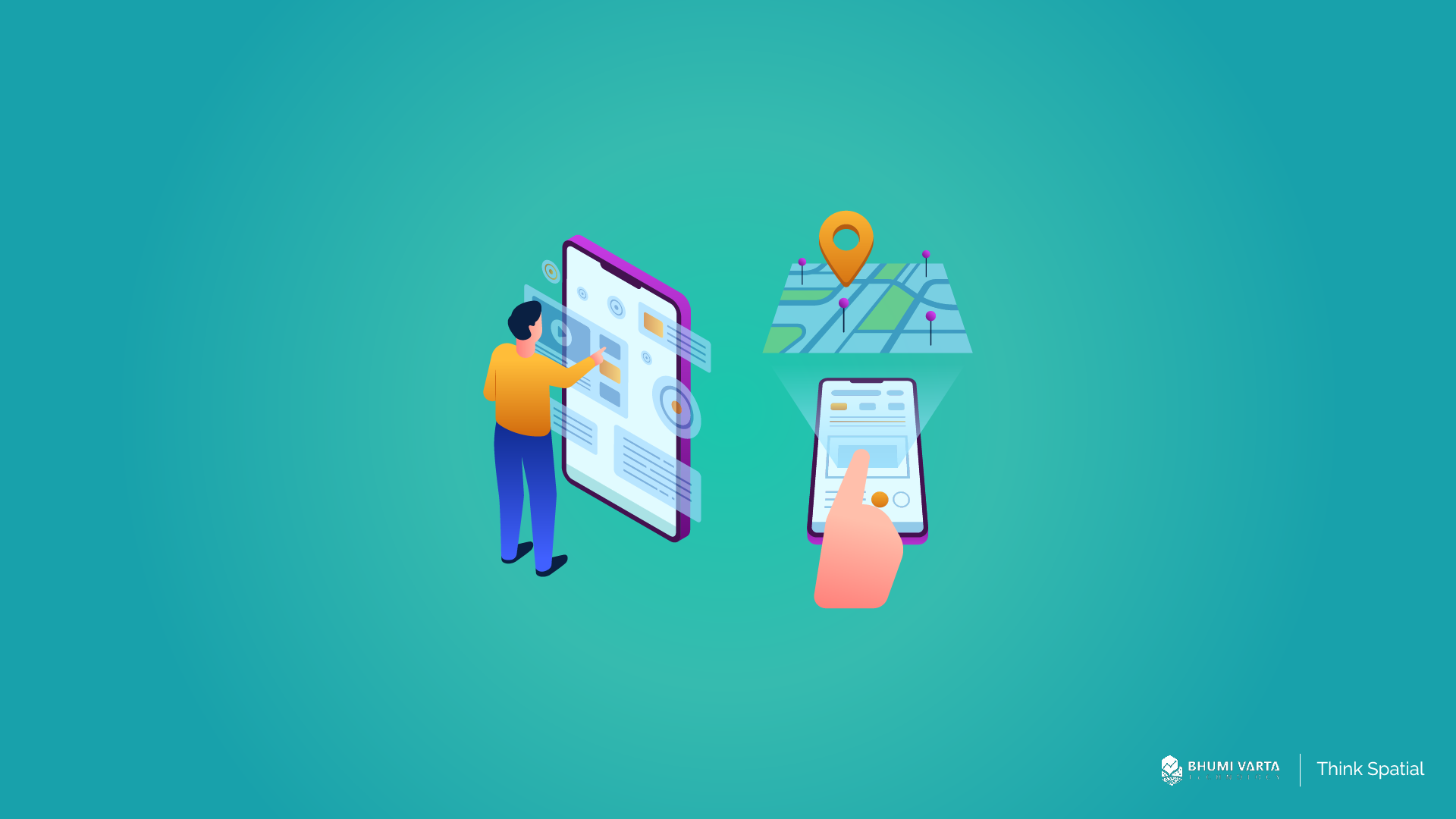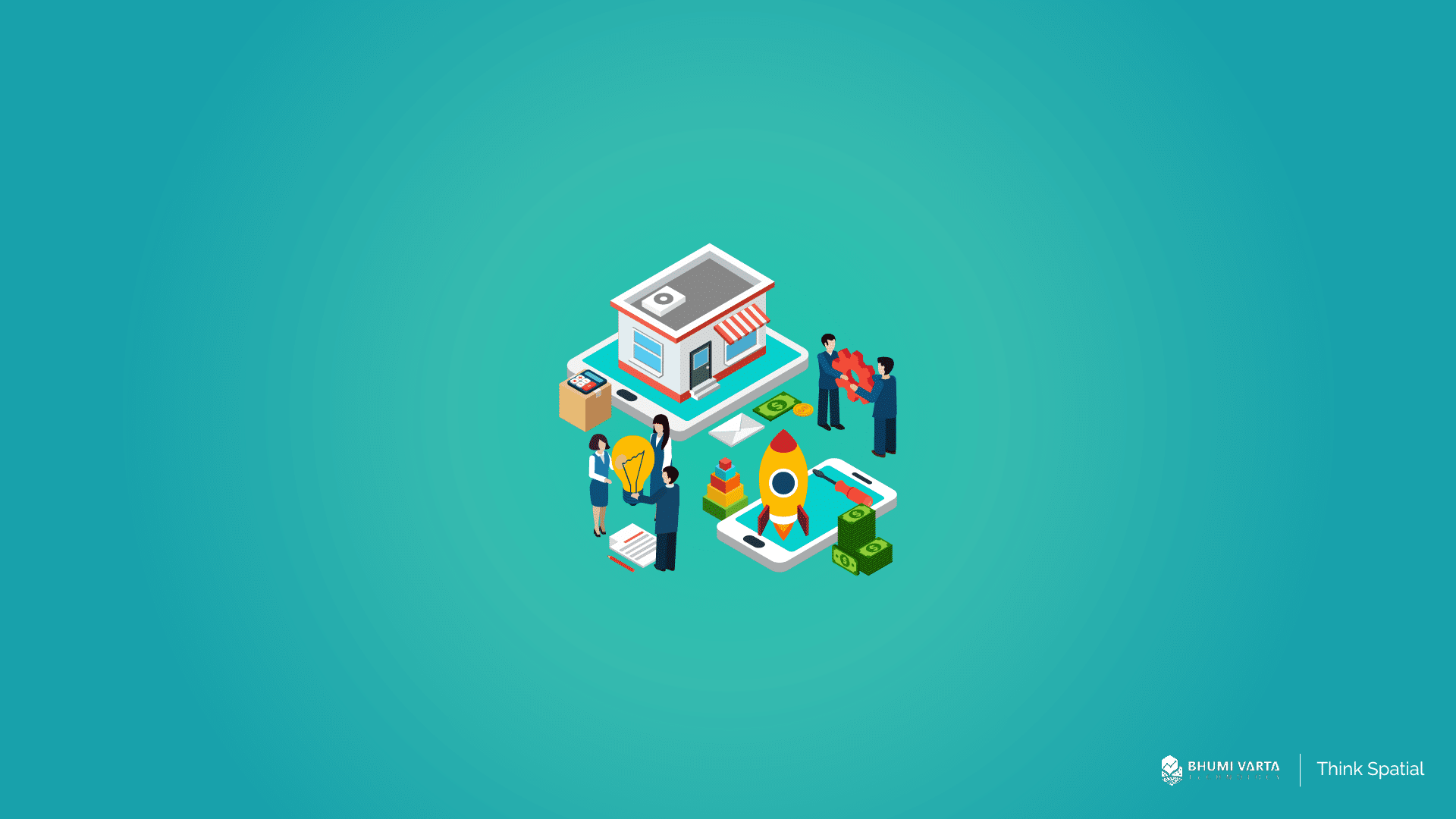The O2O strategy is a business model that combines both online and offline channels.
This concept has started to be looked at by e-commerce in Indonesia by collaborating and partnering with small shops such as stalls and grocery stores.
Although the e-commerce industry in Indonesia is increasing from year to year, much of it is due to changes in consumer behavior from offline to online.
The presence of e-commerce cannot eliminate the existence of physical stores, because in Indonesia itself there are still many people who buy their needs through offline stores.
Therefore, it is important for the e-commerce industry to find which stores they want to partner with, or strategic areas that are suitable for outlets and warehouses. This is where location intelligence technology comes into play.
So, how does location intelligence help e-commerce to successfully implement online to offline business models? Check it out in this article.
Contents
Overview of Online to Offline (O2O)
According to Investopedia business models such as the O2O model lead potential consumers from online to offline channels.
Businesses that use this concept usually get potential customers from online marketing, for example via email, advertisements on the internet, social media and others.
The goal of O2O is to build awareness of a product or service online, then enable potential customers to browse through a variety of offers and then come to the store to purchase the item.
Why E-commerce Needs Physical Stores
Survey from Jakpat found that 85% of Indonesians choose to shop for fresh produce and groceries in physical stores rather than in marketplaces. Here are some reasons why having a physical store is important for e-commerce.
Gives a sense of trust and satisfaction
This is because offline stores provide a higher sense of trust and satisfaction than online shopping, because consumers can see and touch the product directly.
By building brand trust, consumers are more likely to shop there again.
Consumer tend to buy additional items
In addition, consumers who are used to buying online and picking up or exchanging their goods offline at stores tend to buy other products, which in turn has an impact on increasing income.
Proven to drive sales
Even though consumers are used to looking for references or reviews about an item on the internet, they still need product advice from store staff.
A survey conducted by Time Trade’s State of Report shows that 30% of consumers want advice, advice or ratings from employees. Meanwhile, 90% of them tend to buy after receiving a trusted recommendation from staff at the store.
Location Intelligence for O2O Business
Location intelligence (LI) refers to the use of geospatial data to understand how to do certain jobs or solve certain problems, especially those related to location.
Location analytics and geospatial data can provide accurate information about how well or badly a business is doing.
There are many industries that have used location intelligence to help their company’s operations, for example, retail, insurance, finance, health, marketing, real estate, and others.
LI helps e-commerce companies that are planning to open a store to find strategic locations that have a high probability of getting repeat customers.
Moreover, businesses can visualize their retail sales data using LI, so they can identify certain hours of increased and decreased traffic.
Finding Potential Partners with LOKASI Intelligence
This online-to-offline business strategy can be carried out by e-commerce in two ways, namely partnering with small shops or building their own shops and outlets.
LOKASI as a location intelligence and spatial analysis platform helps businesses to identify areas that are suitable and strategic for building outlets.
Additionally, LOKASI is equipped with grocery store data, allowing e-commerce to identify potential partners among those stores.
Learn more about how LOKASI Intelligence can help businesses by contacting email : [email protected] WA : 087779077750



